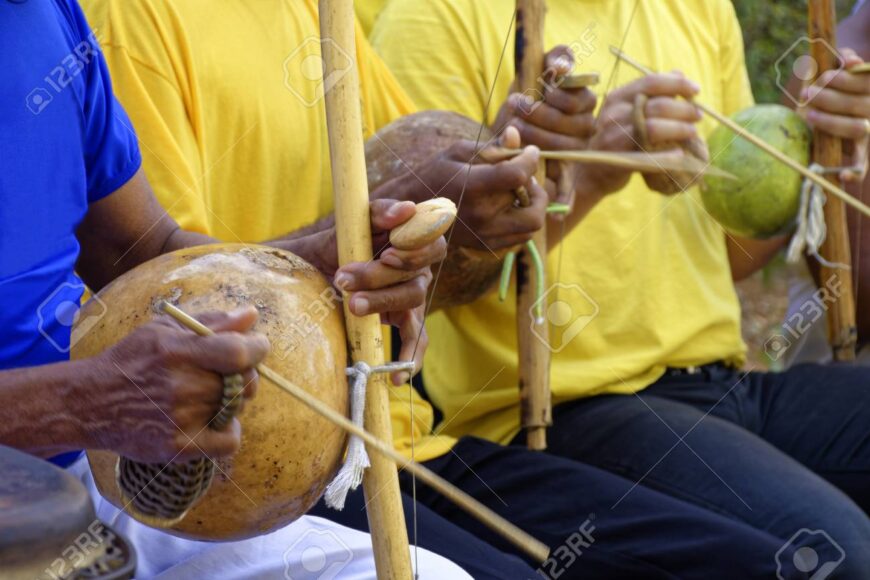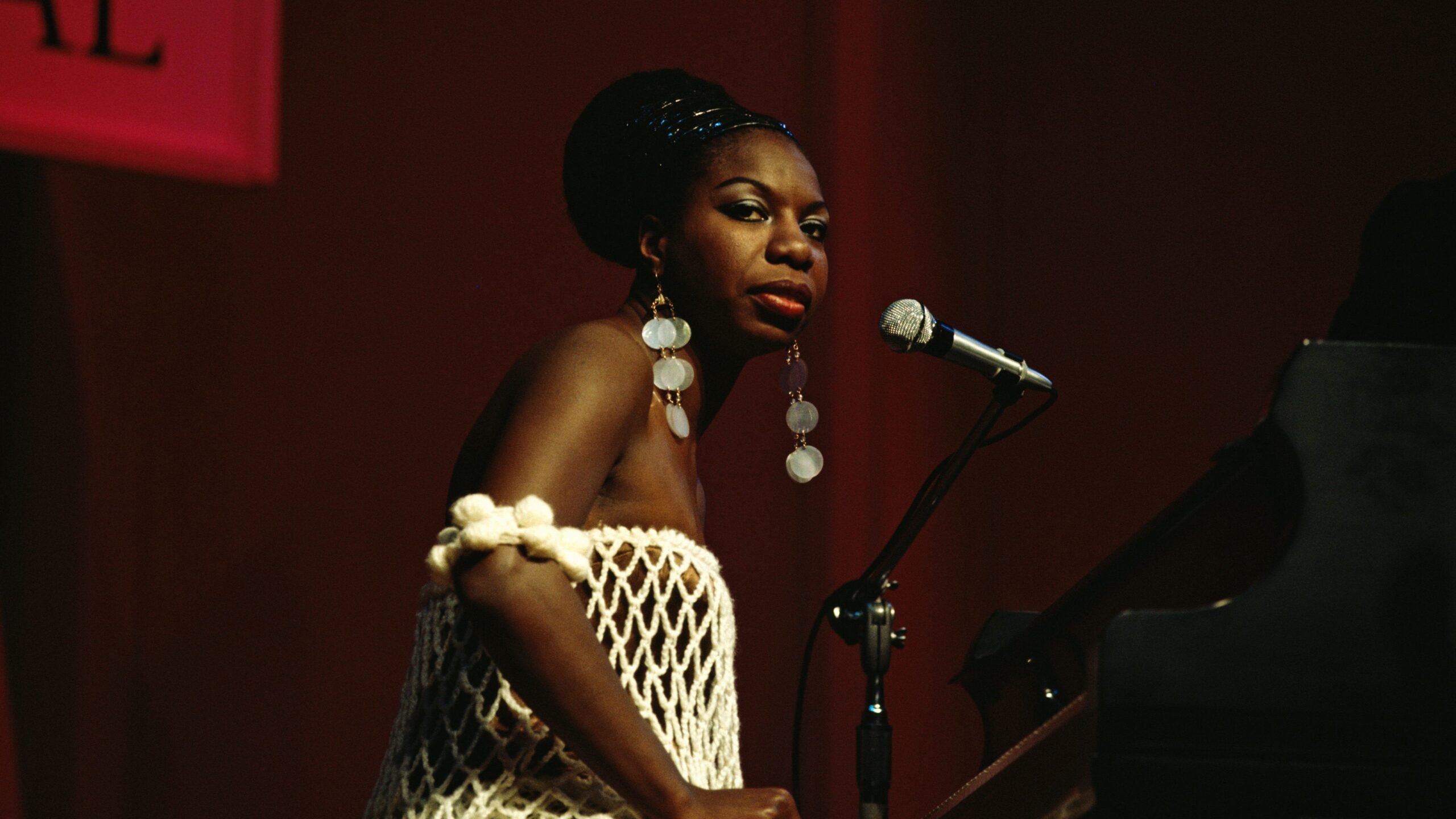the Musical Tapestry of Brazil

Welcome to the “Instruments of the World” series, where we embark on a musical journey to explore the diverse and distinctive instruments that contribute to the global symphony of sounds. In this edition, we delve into the rich musical heritage of Brazil, a country renowned for its vibrant culture and rhythmic melodies. From the soul-stirring samba to the intricate choro, Brazil’s unique instruments have captivated audiences worldwide, leaving an indelible mark on the world of music.
- Berimbau: At the heart of Brazilian Capoeira, an Afro-Brazilian martial art form, lies the berimbau. Crafted from a single wire string stretched across a wooden bow, the berimbau is played with a stick and a coin pressed against the string to create mesmerizing rhythms. This instrument sets the tempo and energy for Capoeira performances, infusing the art with a sense of rhythmic enchantment.
- Cuíca: The cuíca, often known as the “laughing gourd,” is a unique percussion instrument with a distinctive sound. It consists of a small drum with a rod that runs through the center. When the player rubs a damp cloth along the rod with one hand and applies pressure to the drumhead with the other, the cuíca produces a high-pitched, vibrant tone. Its playful and expressive sound makes it a staple in samba music, adding a touch of spontaneity and joy to the rhythm.
- Cavaquinho: The cavaquinho is a small, four-stringed instrument resembling a miniature guitar. Its bright and cheerful tones make it an essential component of Brazilian choro music, a genre characterized by intricate melodies and improvisations. The cavaquinho’s lively presence infuses choro ensembles with an infectious energy, making it a beloved instrument among musicians and music enthusiasts.
- Pandeiro: The pandeiro, a type of tambourine, is a versatile and widely used percussion instrument in Brazil. It is often played in various styles, including samba, choro, and forró. The pandeiro’s jingling metal discs produce a rhythmic accompaniment that adds texture and liveliness to Brazilian music, making it a staple in both traditional and contemporary ensembles.
- Atabaque: Rooted in Afro-Brazilian traditions, the atabaque is a tall, wooden, conical drum that holds significant spiritual importance. Used in religious ceremonies and rituals, the atabaque’s powerful and resonant beats set the ambiance for Candomblé and Umbanda practices, connecting participants with their ancestral roots and invoking spiritual energies.
- Reco-reco: The reco-reco is a simple yet integral instrument in Brazilian music. It consists of a notched metal tube or wooden slat that is scraped with a stick or mallet. Its rhythmic patterns complement various genres, including samba, pagode, and bossa nova, adding an earthy and percussive layer to the melodies.
Conclusion: The unique instruments of Brazil contribute to a musical tapestry as diverse and colorful as the country itself. From the infectious rhythms of the berimbau and cuíca to the intricate melodies of the cavaquinho and pandeiro, each instrument brings its distinctive voice to the vibrant world of Brazilian music. Through these instruments, Brazil’s rich cultural heritage resonates with audiences worldwide, inviting us to embrace the rhythmic essence of this captivating nation. As we continue our “Instruments of the World” series, we celebrate the enchanting and soulful sounds of Brazil, an ever-evolving and inspiring source of musical creativity.








